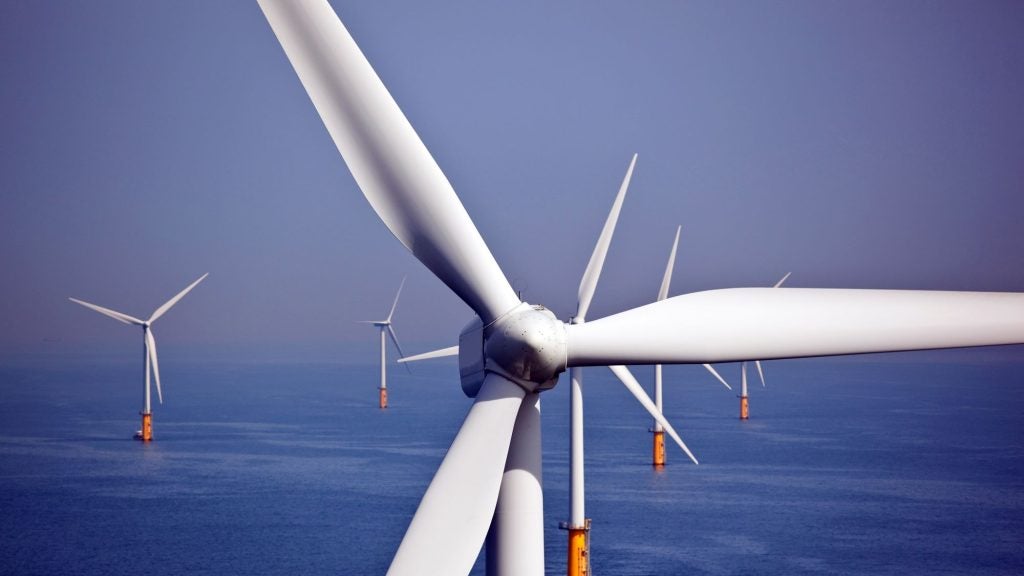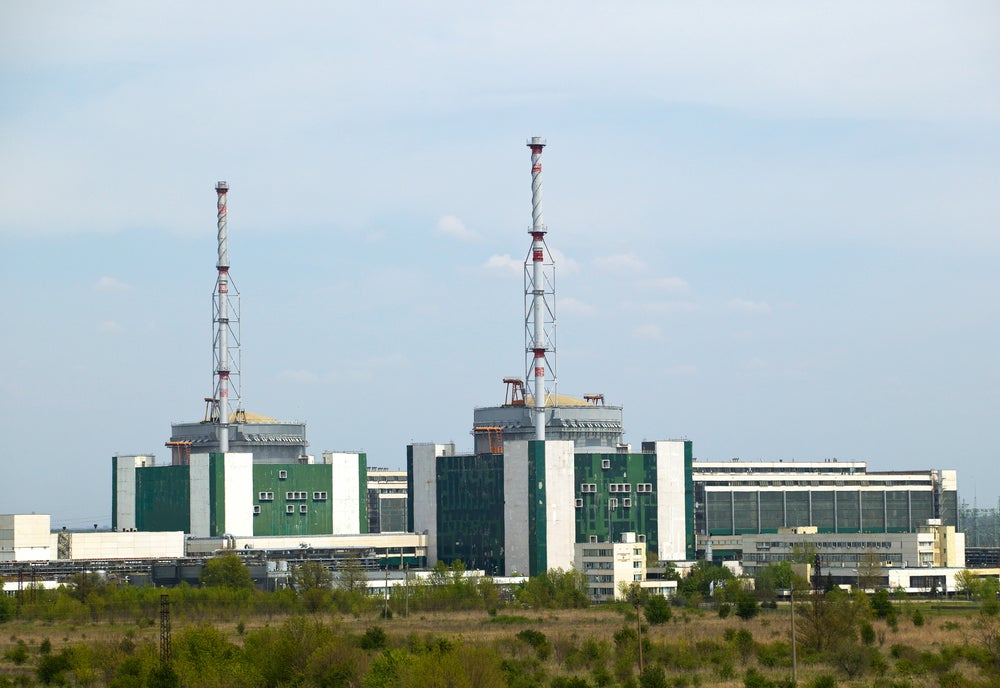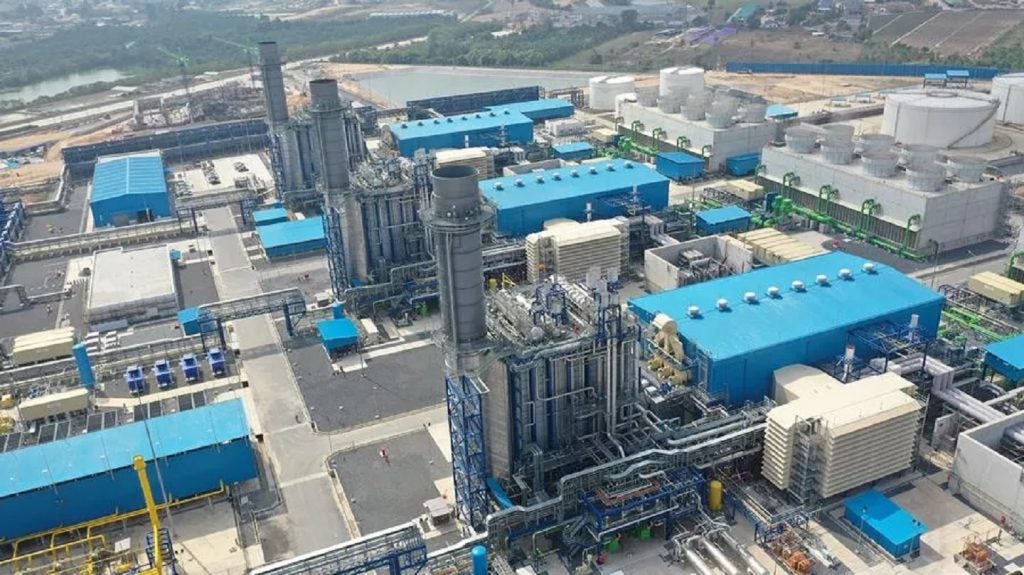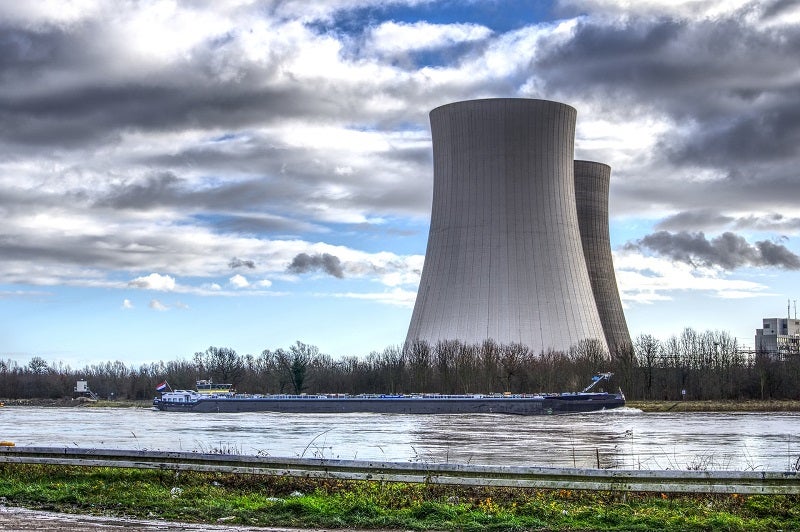Hunan Lixian Biomass Power Plant is a 15MW biopower project. It is located in Hunan, China. The project is currently active. It has been developed in single phase. Post completion of construction, the project got commissioned in June 2009.
| Project Type | Total Capacity (MW) | Active Capacity (MW) | Pipeline Capacity (MW) | Project Status | Project Location | Project Developer | Biopower | 15 | 15 | – | Active | Hunan, China | Hunan Li’ang Renewable Energy Power |
|---|
Description
The project is developed and owned by Hunan Li’ang Renewable Energy Power.
The project generates 95.04GWh electricity and supplies enough clean energy to power 400,000 households, offsetting 92,124t of carbon dioxide emissions (CO2) a year. The project cost is $27.58m.
Agricultural by-product is used as a feedstock to power the project.
Development Status
How well do you really know your competitors?
Access the most comprehensive Company Profiles on the market, powered by GlobalData. Save hours of research. Gain competitive edge.

Thank you!
Your download email will arrive shortly
Not ready to buy yet? Download a free sample
We are confident about the unique quality of our Company Profiles. However, we want you to make the most beneficial decision for your business, so we offer a free sample that you can download by submitting the below form
By GlobalDataThe project got commissioned in June 2009.
Power Purchase Agreement
The power generated from the project is sold to Central China Grid under a power purchase agreement.
See Also:
Contractors Involved
China Chang Jiang Energy was selected as the steam turbine supplier for the project. The company provided 1 unit of N15-4.9 turbine with 15MW nameplate capacity.
Nantong Wanda boiler supplied steam boiler for the project. The temperature witnessed inside the boiler is around 450Degree Celsius. The steam is pressurized inside the boiler at 5MPa.
About Hunan Li’ang Renewable Energy Power
Hunan Liang Renewable Energy Power Co. Ltd., is a China based renewable energy company. It owns and operates the Hunan Lixian Biomass Direct Burning Power Plant Project located in Changde City. The project has a total installed capacity of 15 MW.
Methodology
All power projects included in this report are drawn from GlobalData’s Power Intelligence Center. The information regarding the project parameters is sourced through secondary information sources such as electric utilities, equipment manufacturers, developers, project proponent’s – news, deals and financial reporting, regulatory body, associations, government planning reports and publications. Wherever needed the information is further validated through primary from various stakeholders across the power value chain and professionals from leading players within the power sector.







